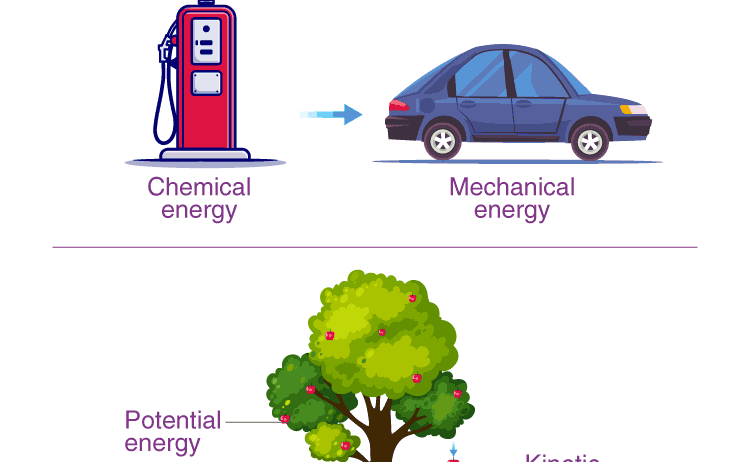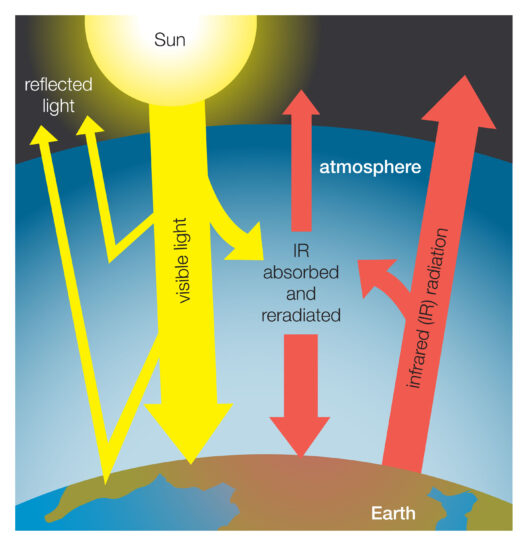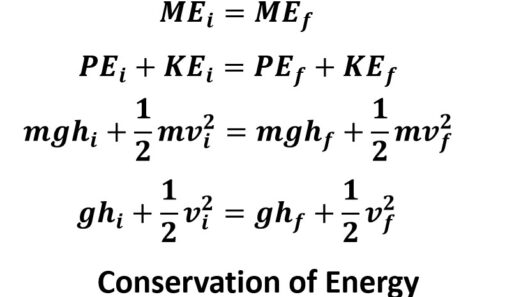Understanding the Law of Energy Conservation is pivotal for anyone seeking to grasp fundamental physics principles, environmental science, or sustainable practices. This principle is not just an abstract concept; it deeply influences how we approach energy production, consumption, and ultimately, environmental sustainability.
At its core, the Law of Energy Conservation posits that energy cannot be created or destroyed; it can only be transformed from one form to another. This immutable law of physics underpins countless phenomena in our daily lives, from the simple act of lighting a bulb to complex innovations in renewable energy technologies. As we explore this essential principle, we will delve into its historical background, practical implications, and significance in the modern world.
The Historical Context of Energy Conservation
The origins of the Law of Energy Conservation can be traced back to the early 19th century, when scientists such as James Prescott Joule and Hermann von Helmholtz conducted critical experiments that led to its formal articulation. Joule’s experiments demonstrated that mechanical work could be converted into heat, thus laying the groundwork for understanding the interchangeability of various energy forms.
Over time, this principle gained momentum, as it became evident that energy transformations are omnipresent. From the burning of fossil fuels to the kinetic energy of moving objects, the ability to harness and convert energy enabled unprecedented advancements in technology and quality of life.
Transformations of Energy: A Multifaceted Spectrum
One of the most intriguing aspects of the Law of Energy Conservation is the versatility of energy transformations. Energy exists in myriad forms, including kinetic, potential, thermal, chemical, and nuclear energy. Each form can be transformed into another, a process that is critical for understanding energy systems.
Take, for instance, a hydroelectric power plant. Here, the gravitational potential energy of water stored at height is converted into kinetic energy as it flows through turbines, which then translates into electrical energy. This transference exemplifies the practical application of the Law of Energy Conservation while illuminating how human ingenuity can transform natural resources into usable power.
Moreover, this principle is vital in understanding energy efficiency. The more efficient a system is in transforming input energy into useful work while minimizing waste, the more sustainable it becomes. Therefore, energy conservation is not merely a theoretical concern; it has tangible implications for energy policies, technology development, and individual practices.
Practical Implications: The Modern Relevance of Energy Conservation
In a world grappling with the dire consequences of climate change and resource depletion, the Law of Energy Conservation assumes an even more significant role. It emphasizes the importance of sustainability, minimalism, and responsible resource management as societies attempt to mitigate the impacts of human activity on the environment.
Energy efficiency and renewable energy sources are vital components of this endeavor. As nations prioritize energy independence and the transition to greener technologies, understanding energy transformation and conservation becomes essential. For instance, solar panels convert sunlight (solar energy) into electrical energy, aligning with the energy conservation principles while considerably reducing reliance on fossil fuels.
The law also plays a critical role in organic farming practices. By utilizing natural processes such as composting and crop rotation, farmers can engage in closed-loop systems that honor energy conservation while enhancing soil quality and agricultural productivity.
Addressing a Key Buyer Concern: The Cost of Energy Conservation
The financial implications of energy conservation often pose a significant barrier to individuals and businesses considering sustainable options. Critics argue that the initial investment in energy-efficient technologies may outweigh potential savings. However, this perspective overlooks the long-term benefits that energy conservation offers, both economically and environmentally.
Investing in energy-efficient appliances, insulation, and renewable energy sources leads to substantial reductions in energy bills. Furthermore, as technology advances and becomes more accessible, the cost of implementing energy conservation measures continues to decline. For instance, the price of solar panels has decreased dramatically over the past decade, making them a viable option for many households and businesses.
Additionally, the repercussions of neglecting energy conservation—such as rising energy costs and escalating environmental damage—can be significantly more detrimental than the upfront investment in sustainable practices. Understanding the financial implications in conjunction with the environmental benefits provides a holistic view that encourages stakeholders to adopt energy-efficient technologies.
The Future: Innovations Driven by Energy Conservation
As we look to the future, innovations grounded in the Law of Energy Conservation will continue to play a vital role in shaping our world. The development of advanced energy storage solutions, such as batteries that utilize less energy and require fewer resources, exemplifies how this principle drives technological progress.
Smart grids and energy management systems are revolutionizing how we consume energy, allowing for real-time monitoring and optimization of energy use. Such innovations foster not just efficiency but resilience in our energy infrastructure. With an increasing shift toward decentralized energy systems, the principles of conservation become even more crucial.
In closing, the Law of Energy Conservation is a cornerstone of our understanding of the universe. It informs everything from the simplest mechanical systems to the complex global energy architectures we rely on. As the world moves toward a more sustainable future, embracing this law’s principles can facilitate more responsible energy consumption and foster innovative solutions that benefit both society and the environment.







